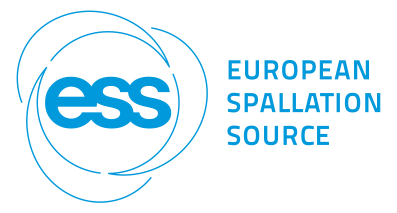Commissioning of Neutron Scattering Instrumentation - Open Session
Location: Auditorium 10
We were asked to allow for a better room change and start 30 min later, so all times will change accordingly.
This symposium focuses on the techniques, tools and approaches to pass a neutron scattering instrument from construction to the usage state. With the ESS shortly having several instruments in commissioning, the SNS just having put instruments through this process and planning its second target station here we aim to collect the knowledge associated with that process.
During operation the characterisation of the scattered neutrons in an neutron instrument depends on a number of parameters which first have to be reliably established at startup, among those the relation between timestamping and wavelength profile, absolute incoming intensity, spatial setup of the detector and background.
Here we will adress each of those issues in a section of the mini symposium:
- Measurements of Incident Beam
- Round Robin and Standard Samples
- Background and Detectors
- Comparison between Simulation and Experiment
In this symposium we target to collect expertise and nurture discussion about
- the current methods and approach
- issues and challenges with those
- and hopefully a way forward
Interested participants are therefore cordially invited to join the mini symposium and join the discussion about methods, challenges and approaches during commissioning of a neutron scattering instrument for scientific use.
No registration is necessary for this event.
